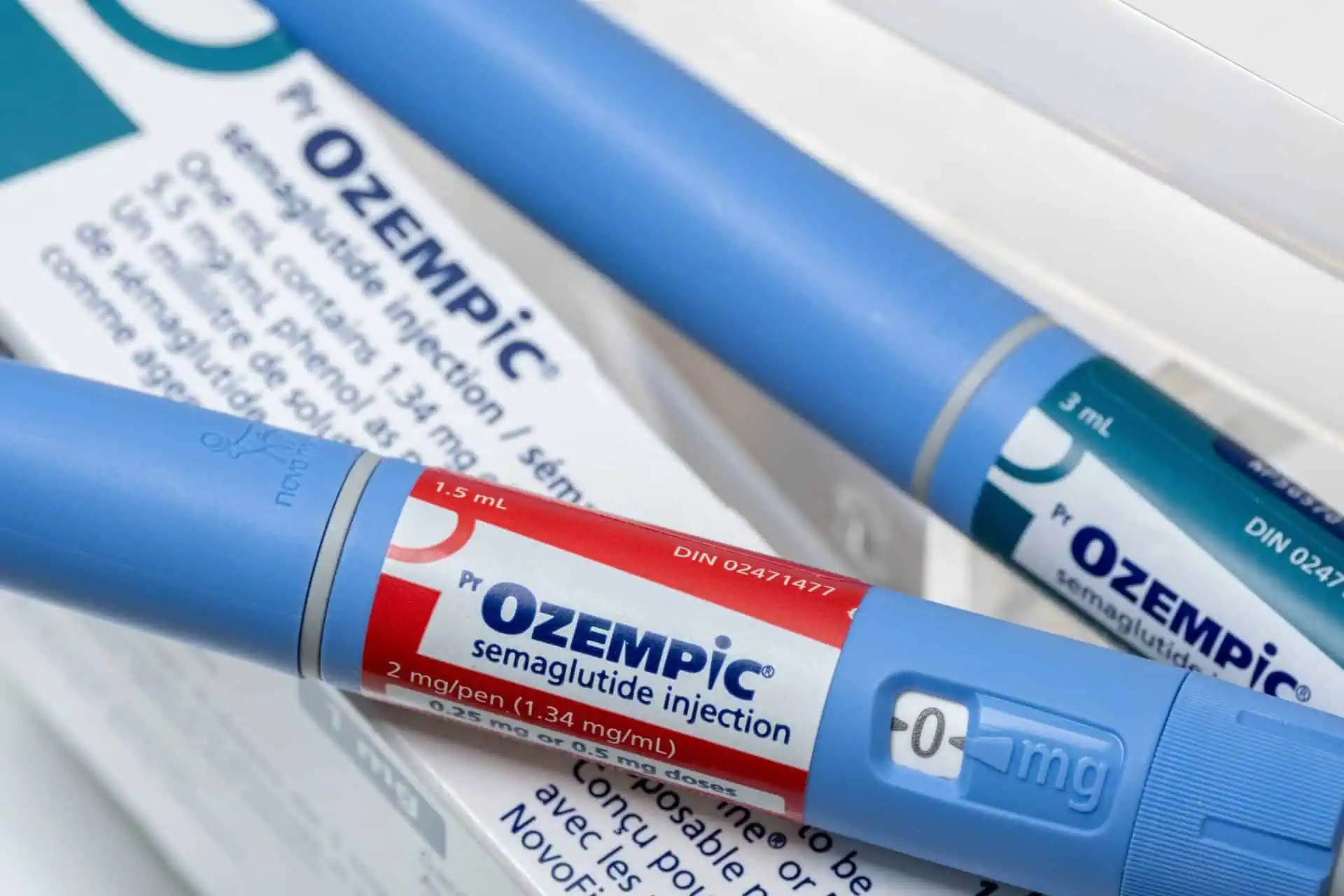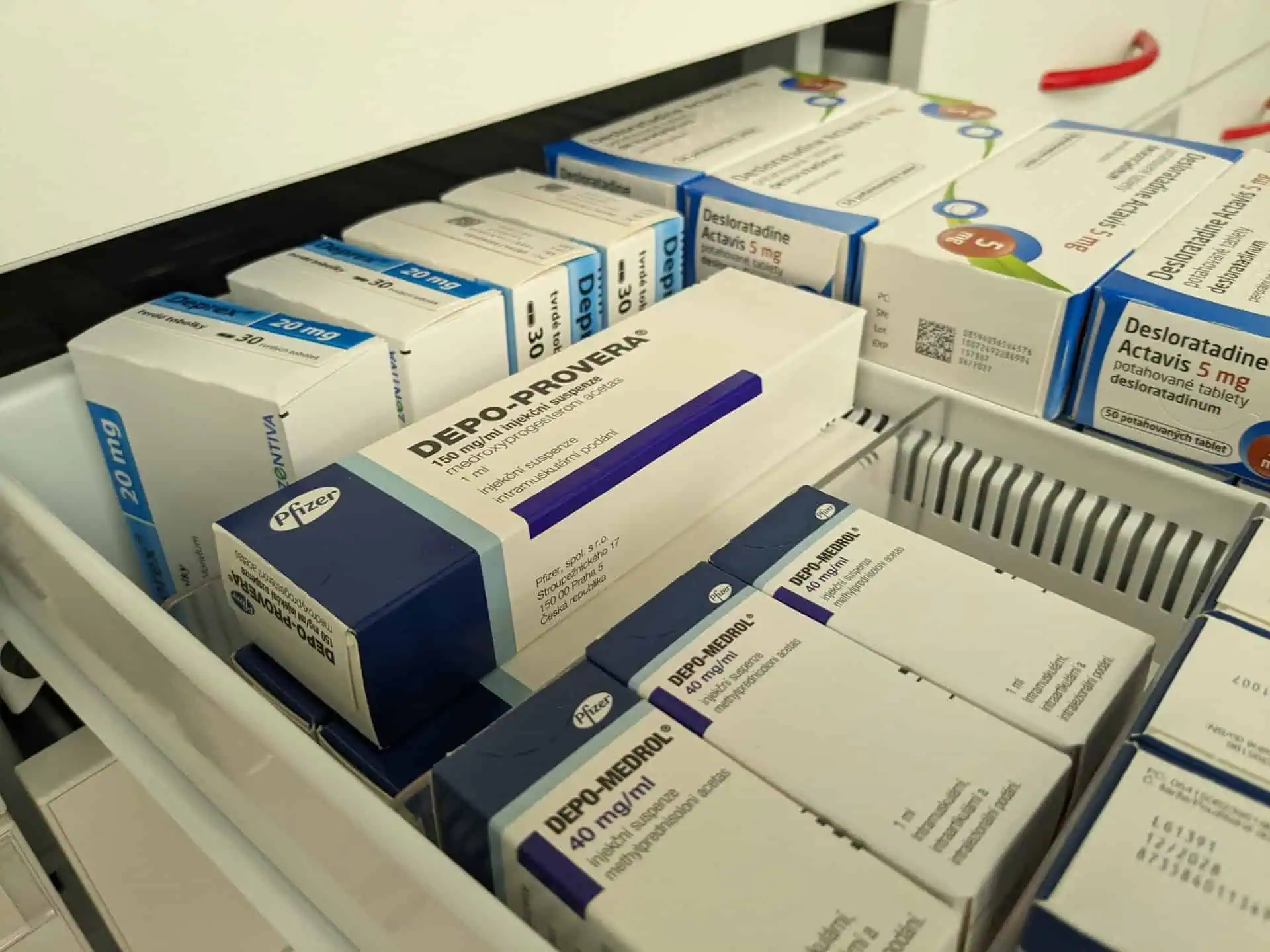When Was Paraquat First Used?
- Last Updated: July 27th, 2023

Attorney Jessica Paluch-Hoerman, founder of TruLaw, has over 28 years of experience as a personal injury and mass tort attorney, and previously worked as an international tax attorney at Deloitte. Jessie collaborates with attorneys nationwide — enabling her to share reliable, up-to-date legal information with our readers.
Legally Reviewed
This article has been written and reviewed for legal accuracy and clarity by the team of writers and legal experts at TruLaw and is as accurate as possible. This content should not be taken as legal advice from an attorney. If you would like to learn more about our owner and experienced injury lawyer, Jessie Paluch, you can do so here.
Fact-Checked
TruLaw does everything possible to make sure the information in this article is up to date and accurate. If you need specific legal advice about your case, contact us by using the chat on the bottom of this page. This article should not be taken as advice from an attorney.
When Was Paraquat First Used?
Paraquat has been around for a very long time.
It is one of the oldest and most prominent herbicides on the market and is typically used by farmers and agricultural workers to kill weeds and other plants that negatively affect crops.

Although it was invented in the 19th century, paraquat became widely available in the 1960s.
Its broad popularity can be attributed to its fast-acting nature and ability to quickly break down in soil.
Paraquat is categorized as a methyl viologen.
Its proper name is paraquat dichloride.
In its natural state, paraquat has no taste and no smell.
However, in the United States, a blue dye is added to paraquat-containing products to help users recognize it and prevent poisonings.
Paraquat also has a strong odor to deter applicators from accidentally drinking it and contains an agent that causes a person to vomit if they accidentally swallow it.
Table of Contents
History of Paraquat

Paraquat, a highly toxic chemical, was discovered in 1882, but it would be a long time before people thought to use it as an herbicide.
Two Austrian chemists developed paraquat by synthesizing it as an iodine salt.
Just over 50 years later, in 1933, paraquat’s reduction-oxidation characteristics were discovered by another pair of chemists, Michaelis and Hill.
It wasn’t until the 1950s, however, that scientists discovered its herbicidal properties.
Once this discovery was made, paraquat manufacturers began to market the product as an herbicide.
Imperial Chemical Industries, a former British chemical company, began selling one of the most popular paraquat-containing herbicides in history, Gramoxone.
Gramoxone became so popular that the name is synonymous with paraquat today, although paraquat is manufactured by many different companies and sold under many different brand names.
In the decades afterward, the market was flooded with an increasing array of paraquat-containing herbicides.
As the use of paraquat increased, however, so did awareness of the chemical’s potential to cause injury and death in those who were exposed to it.
In the 1970s, the United States federal government attempted to use paraquat to destroy marijuana plants that were coming into the country from Mexico, though the Mexican farmers selling the plants thwarted the U.S. government’s plans and shipped the marijuana north anyway.
The U.S. government again attempted to destroy marijuana plants with paraquat in the 1980s.
The marijuana plants were being grown in Georgia’s Chattahoochee Forest after members of law enforcement smuggled the plants across the Mexican border.
Their efforts were stymied by lawsuits, though they made another attempt in the late 80s before ceasing their efforts in the 90s.
Is Paraquat Still Used Today?
Today, paraquat is made by numerous companies, though Chevron and Syngenta are the two primary manufacturers in the United States.
Paraquat is marketed and sold under brands like Gramoxone, Firestorm, Parazone, and Helmquat.
However, due to the herbicide’s high level of toxicity and potential for causing serious health conditions like Parkinson’s disease, paraquat herbicides have now been banned in more than 50 countries, including the United Kingdom and China.

Paraquat is still sold in the United States, but can only be purchased and used by licensed applicators who are certified by the Environmental Protection Agency (EPA).
The EPA now considers paraquat to be a restricted use chemical.
It is illegal for anyone but a licensed applicator to purchase and use paraquat, even an agricultural or farmworker who works under a licensed applicator.
Even though the herbicide is considered “restricted use,” it remains one of the most popular herbicides on the market in the United States.
As weeds and plants become resistant to other popular herbicides, like the possibly carcinogenic herbicide Roundup, many in the agricultural industry have turned to paraquat herbicides.
Unfortunately, like Roundup, health risks have been associated with paraquat use and application.
People who are exposed to paraquat — either through accidental ingestion, inhalation, or skin absorption — are at an increased risk of developing Parkinson’s disease.
This includes farm and agricultural workers, chemical mixers, crop dusters, and even people who reside near commercial farms where paraquat is regularly used and applied.
Residents in these areas can be exposed to paraquat when wind drafts carry the herbicide into residential areas or through groundwater contamination.
Young people who are exposed to paraquat are especially prone to contracting Parkinson’s later in life.
While the EPA has attempted to limit the use of paraquat to trained applicators, applicators aren’t the only people who can be affected by paraquat use.

In recent years, individuals who developed Parkinson’s disease — along with other serious health conditions such as heart failure, lung collapse, liver failure, and kidney failure — after being exposed to paraquat-containing herbicides have filed lawsuits against various manufacturers of the chemical.
In the lawsuits, plaintiffs have accused paraquat manufacturers of failing to warn customers about the risks of using and applying paraquat products.
The plaintiffs are suing for damages including pain and suffering, medical expenses, and lost wages.
TruLaw and their attorneys are investigating paraquat lawsuits today.
Use our instant Case Evaluation tool to learn if you are eligible to file a lawsuit against the manufacturer of paraquat today.

Managing Attorney & Owner
With over 25 years of legal experience, Jessica Paluch-Hoerman is an Illinois lawyer, a CPA, and a mother of three. She spent the first decade of her career working as an international tax attorney at Deloitte.
In 2009, Jessie co-founded her own law firm with her husband – which has scaled to over 30 employees since its conception.
In 2016, Jessie founded TruLaw, which allows her to collaborate with attorneys and legal experts across the United States on a daily basis. This hypervaluable network of experts is what enables her to share the most reliable, accurate, and up-to-date legal information with our readers!
Here, at TruLaw, we’re committed to helping victims get the justice they deserve.
Alongside our partner law firms, we have successfully collected over $3 Billion in verdicts and settlements on behalf of injured individuals.
Would you like our help?
At TruLaw, we fiercely combat corporations that endanger individuals’ well-being. If you’ve suffered injuries and believe these well-funded entities should be held accountable, we’re here for you.
With TruLaw, you gain access to successful and seasoned lawyers who maximize your chances of success. Our lawyers invest in you—they do not receive a dime until your lawsuit reaches a successful resolution!
AFFF Lawsuit claims are being filed against manufacturers of aqueous film-forming foam (AFFF), commonly used in firefighting.
Claims allege that companies such as 3M, DuPont, and Tyco Fire Products failed to adequately warn users about the potential dangers of AFFF exposure — including increased risks of various cancers and diseases.
Depo Provera Lawsuit claims are being filed by individuals who allege they developed meningioma (a type of brain tumor) after receiving Depo-Provera birth control injections.
A 2024 study found that women using Depo-Provera for at least 1 year are five times more likely to develop meningioma brain tumors compared to those not using the drug.
Suboxone Tooth Decay Lawsuit claims are being filed against Indivior, the manufacturer of Suboxone, a medication used to treat opioid addiction.
Claims allege that Indivior failed to adequately warn users about the potential dangers of severe tooth decay and dental injuries associated with Suboxone’s sublingual film version.
Social Media Harm Lawsuits are being filed against social media companies for allegedly causing mental health issues in children and teens.
Claims allege that companies like Meta, Google, ByteDance, and Snap designed addictive platforms that led to anxiety, depression, and other mental health issues without adequately warning users or parents.
Transvaginal Mesh Lawsuits are being filed against manufacturers of transvaginal mesh products used to treat pelvic organ prolapse (POP) and stress urinary incontinence (SUI).
Claims allege that companies like Ethicon, C.R. Bard, and Boston Scientific failed to adequately warn about potential dangers — including erosion, pain, and infection.
Bair Hugger Warming Blanket Lawsuits involve claims against 3M — alleging their surgical warming blankets caused severe infections and complications (particularly in hip and knee replacement surgeries).
Plaintiffs claim 3M failed to warn about potential risks — despite knowing about increased risk of deep joint infections since 2011.
Baby Formula NEC Lawsuit claims are being filed against manufacturers of cow’s milk-based baby formula products.
Claims allege that companies like Abbott Laboratories (Similac) and Mead Johnson & Company (Enfamil) failed to warn about the increased risk of necrotizing enterocolitis (NEC) in premature infants.
Here, at TruLaw, we’re committed to helping victims get the justice they deserve.
Alongside our partner law firms, we have successfully collected over $3 Billion in verdicts and settlements on behalf of injured individuals.
Would you like our help?








